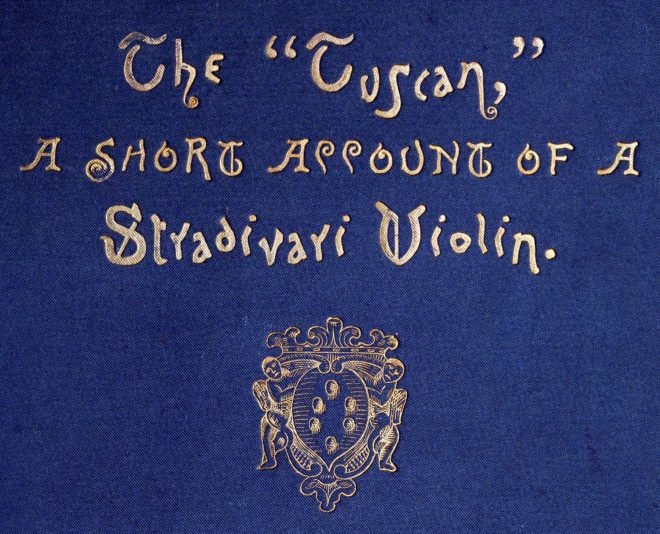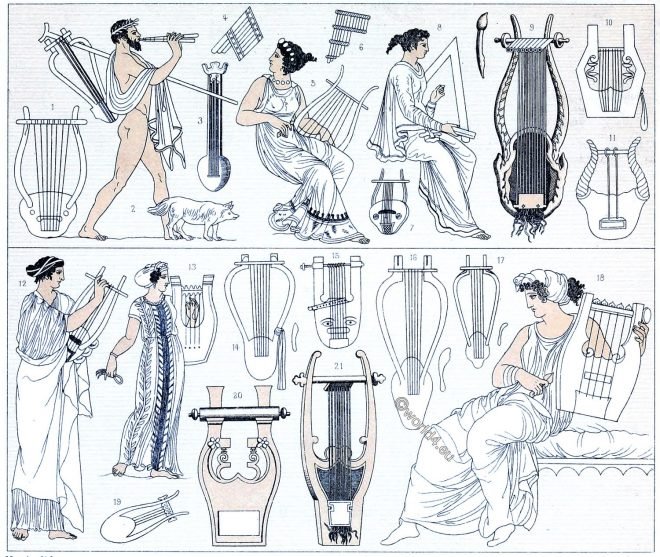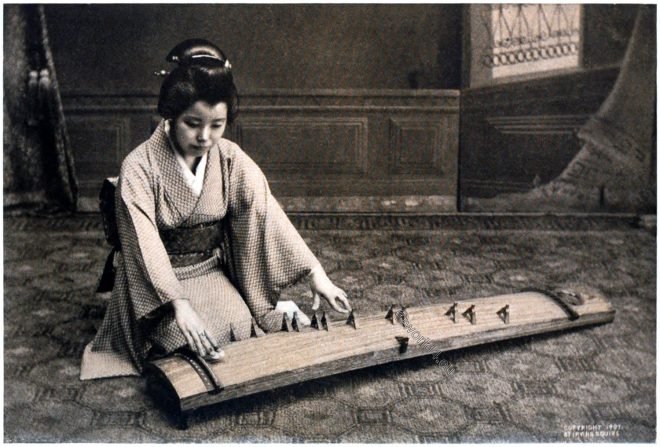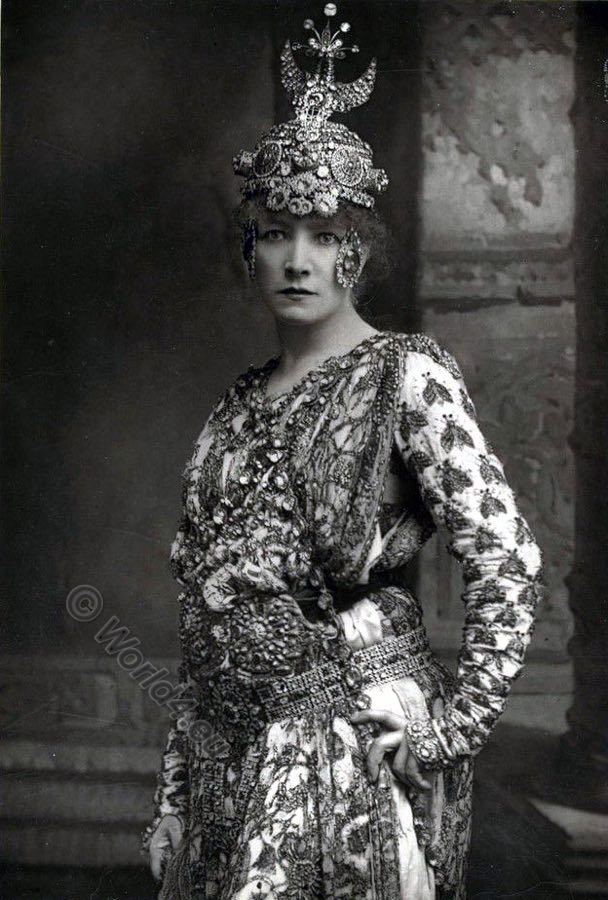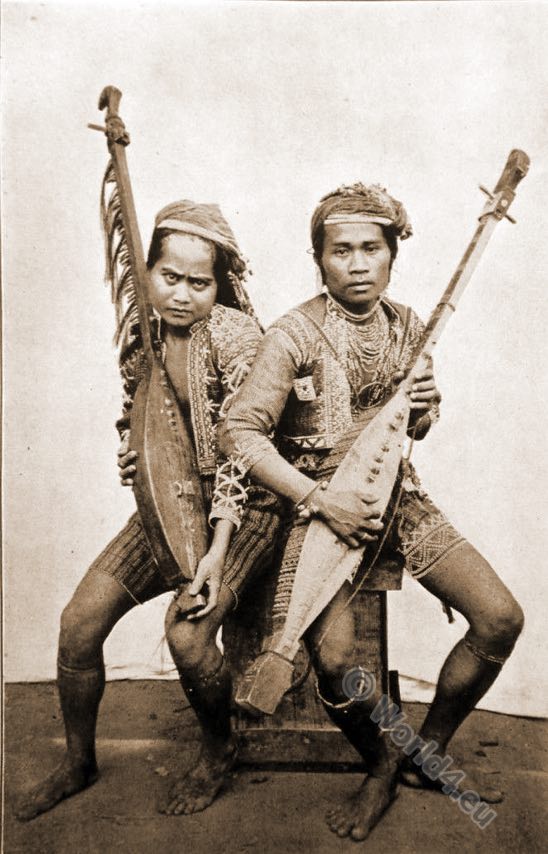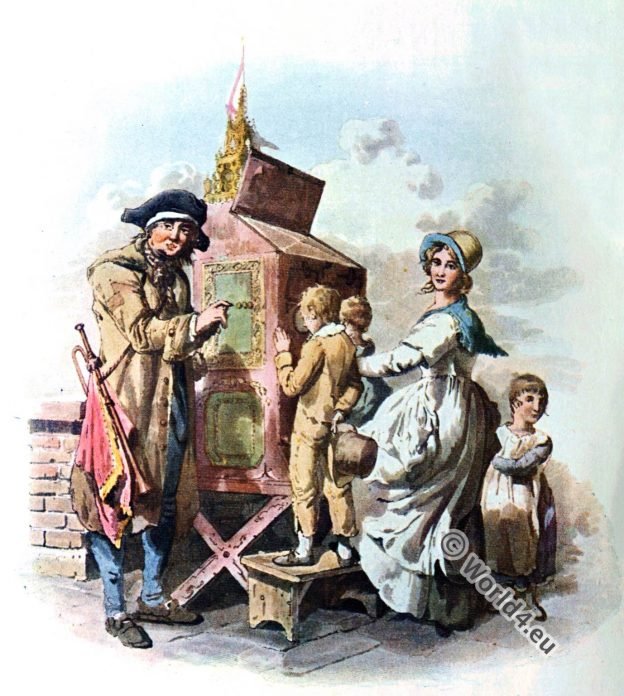The “Tuscan.” A short account of a Violin by Stradivari. Made for Cosimo III de Medici, Grand Duke of Tuscany, Dated 1690.
Tag: Musicians
Lyras and flutes. About the musical instruments of ancient Greece.
History of ancient Greek musical instruments. The syrinx or pan flute, the harp, lyras and flutes. The lyre and the flute were the most popular musical instruments of the Greeks.
Musician of the Bateke tribe representing a orchestral group.
From a photograph taken among the Bateke tribe, Central Africa, representing a orchestral group.
Japanese koto. Instrument for traditional Japanese music.
The koto was introduced from China to Japan during the Nara period (710-793) as an instrument of court music (Gagaku).
Sadko by Natalia Goncharova. Opera costume, 1916.
Sadko is an opera byline (Opera-bylina) in seven pictures by Nikolai Andreyevich Rimsky-Korsakov
Sarah Bernhardt (1844-1923). French actress
Sarah Bernhardt (actually Marie Henriette Rosine Bernardt) was a French actress. She is considered the most famous actress of her time.
Emma Hayden Eames (1865 – 1952) American opera singer.
Emma Hayden Eames (1865 – 1952) was an American opera singer (soprano) and vocal pedagogue. Leading member of the “Met”.
Mindanao natives playing the Kutiyapi. Philippines.
The kutiyapi, or kudyapi, is an indianized Filipino two-stringed, fretted boat-lute. It is the only stringed instrument among the Maguindanao people, and one of several among other groups such as the Maranao and Manobo.
Italian Marine Band of Chicago 1893.
Italian Marine Band of Chicago which played at the World’s Columbian Exposition during the Fair season
Hurdy-gurdy man. The Halfpenny Showman. Regency era.
Hurdy-gurdy. Organ grinder. The Halfpenny Showman. From: The Costume of Great Britain, by W.H. Pyne, 1808.

